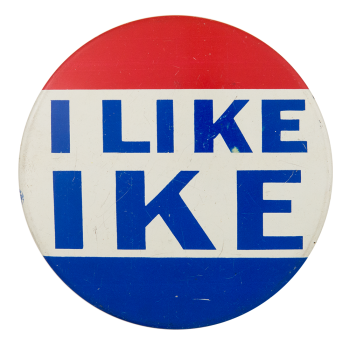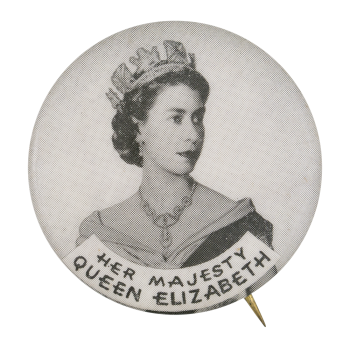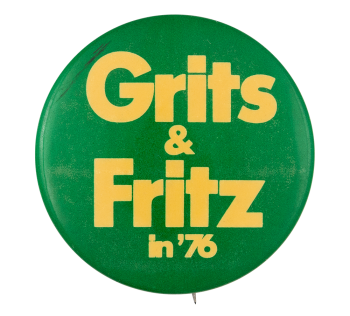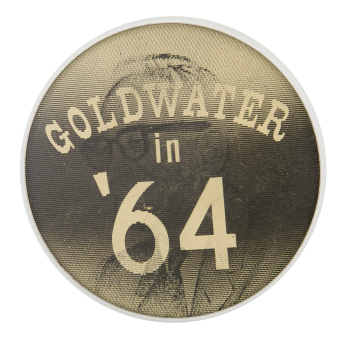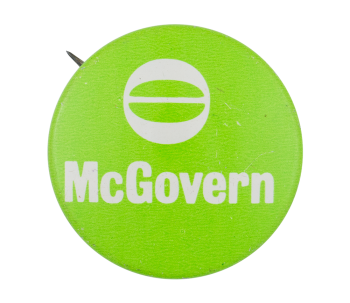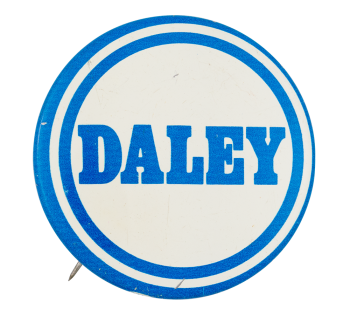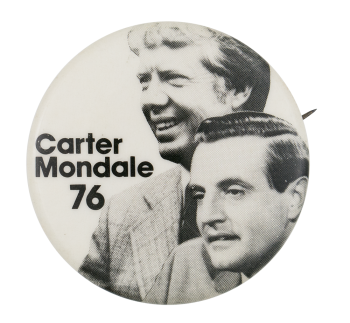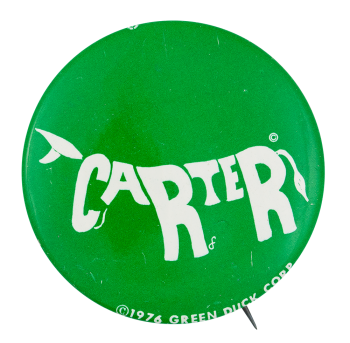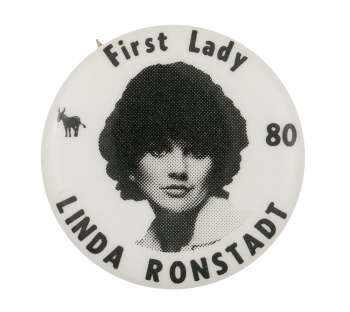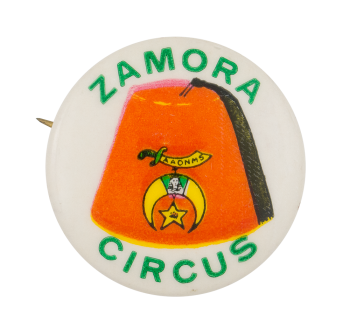I Like Ike 2
| Category | |
|---|---|
| Additional Images | |
| Sub Categories | |
| Text on Button | I LIKE IKE |
| Image Description | Blue text on a white stripe with red and blue above and below |
| Curl Text | union bug |
| Back Style | |
| The Shape | |
| The Size | |
| Additional Information | The grassroots movement to draft WWII hero and Supreme Commander of the Allied Forces, Dwight D. Eisenhower, into the Oval Office was the first of its kind in the 20th century. Republican supporters coined the slogan “I Like Ike” in 1951 when marketing research revealed that the public liked to talk about how they trusted and felt comfortable with Eisenhower (nicknamed “Ike”). During the campaign, the slogan was used for one of the first ever political television commercials using a song written by Irving Berlin and produced by Disney. Eisenhower was reluctant to accept the nomination, but after 25,000 people attended a “Draft Eisenhower” rally held at the 16,000-person capacity Madison Square Garden, he was moved to accept his party’s nomination. |
| Catalog ID | PO0616 |

